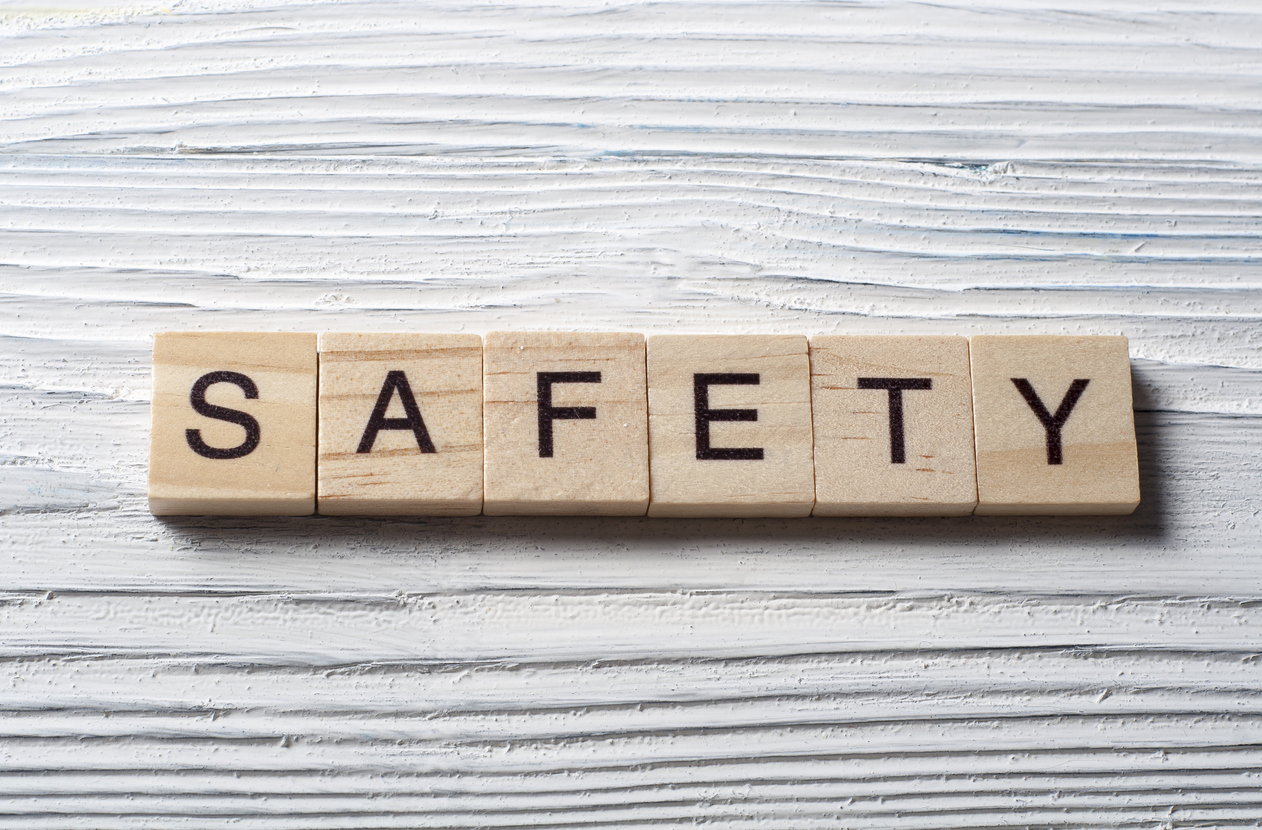The Kansas State Board of Education adopted new standards for school safety on Tuesday.
The guidelines were ordered by the state Legislature in response to the school shooting debate, reports KMUW.
Close to $13 million in funding was distributed to each school district based on enrollment numbers.
Here are the nine school safety standards:
Standard 1. School districts will make sure the building/attendance centers are safe and secure. This includes:
- creating secured doors (interior and exterior)
- enhancing the safety of windows
- improving any facet of structural building integrity.
School districts will consult with local law enforcement officials as well as local emergency management agencies to review and evaluate the existing infrastructure of school buildings.
Standard 2. School districts will create or enhance security technology systems to be used in the buildings. This includes (but not limited to):
- security cameras
- integrated exterior door locks
- fire alarms
- panic buttons
- other intrusion detection systems.
Appropriate staff will be trained annually on security technology systems.
Standard 3. School districts will provide a communication system that allows information sharing between the school district, law enforcement and other first responders. A process should be determined for district employees to follow to contact law enforcement. This system should be tested with staff twice a year during school hours.
Standard 4. School districts shall create a procedure for notifying individuals not on school grounds during emergency situations (i.e. parents/community members).
Standard 5. School districts will have an up-to-date school safety and security plan (Crisis Plan) that is approved by the local board of education. The plan will include procedures for outside individuals entering district and will include procedures for securing school buildings during an emergency, and evacuation plans, reunification plans, routes, and sites in case of emergency. It will also include a recovery plan for after the crisis.
Standard 6. School districts will provide annual training for staff and students on how they should react in cases of emergency and specifically review the public portions of their school’s crisis plan.
Standard 7. Crisis drills will be conducted to ensure procedures are working effectively. School districts will establish procedures to ensure accountability for implementing crisis plans.
Standard 8. School districts will consult local law enforcement officials and other emergency management agencies to contribute, review and evaluate current crisis plan and identify the different roles and responsibilities of those involved during an emergency event prior to local Board of Education approval. The crisis plan should be available to local law enforcement, emergency management, and other first responder agencies and internally on a need to know basis after approval by the local school board.
Standard 9. If school districts choose to implement a firearm safety program, the program curriculum must meet the following criteria:
- Grades K-5: must be an evidence-based youth firearm safety program.
- Grades 6-12: must be an evidence-based youth firearm safety program, OR “Hunters Education in our Schools Program” offered by the Kansas Department of Wildlife, Parks, and Tourism.
You can read the full document here. The school safety standards begin on page 99.













